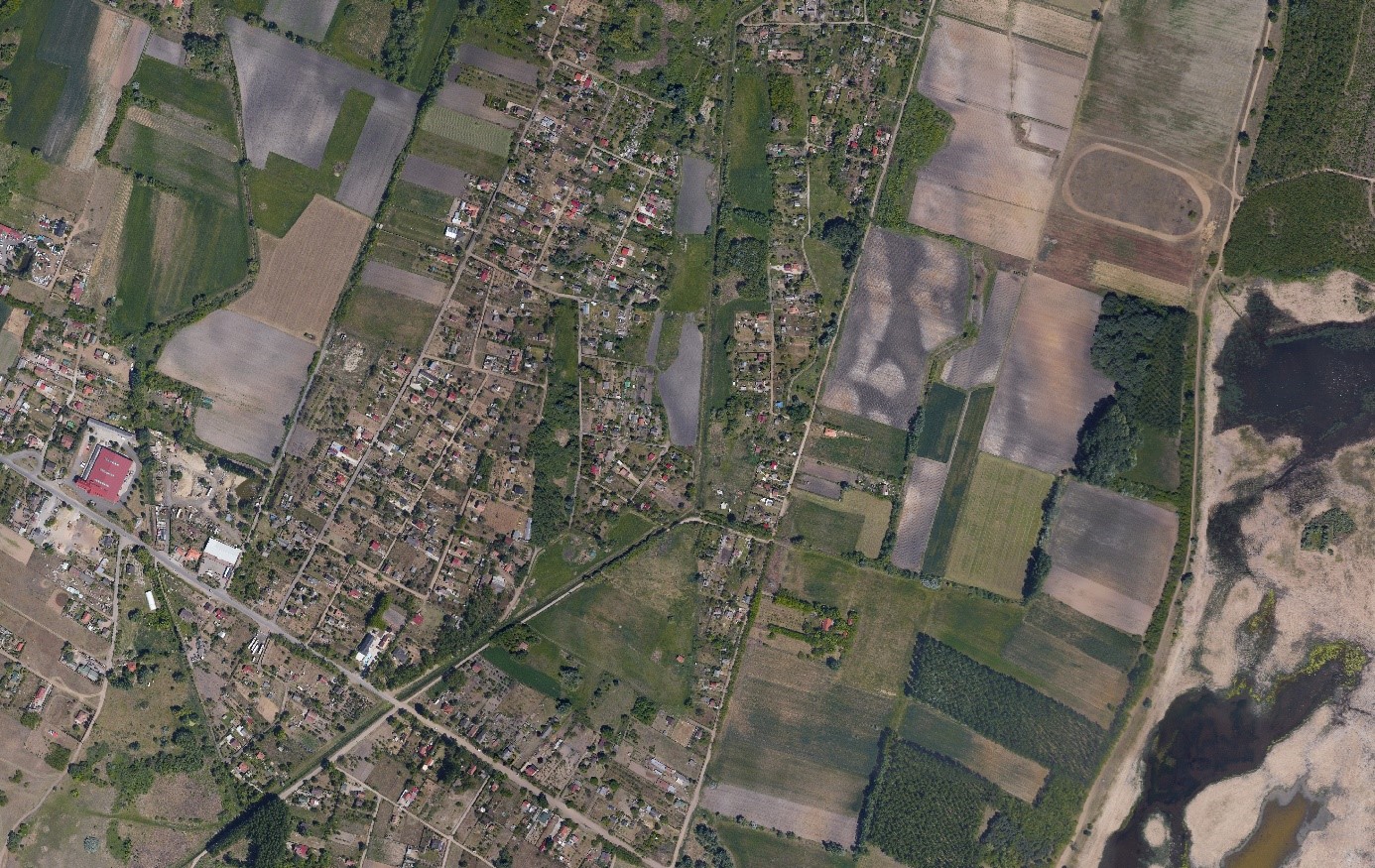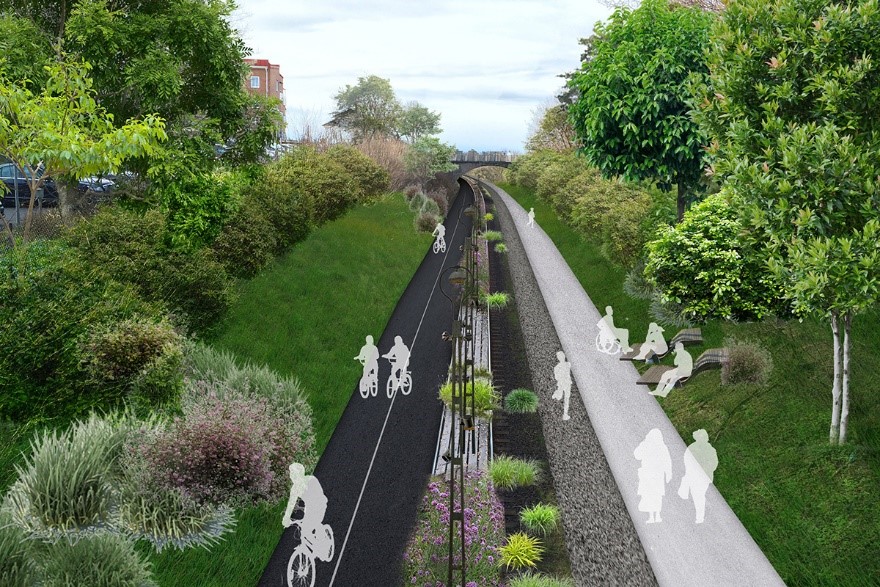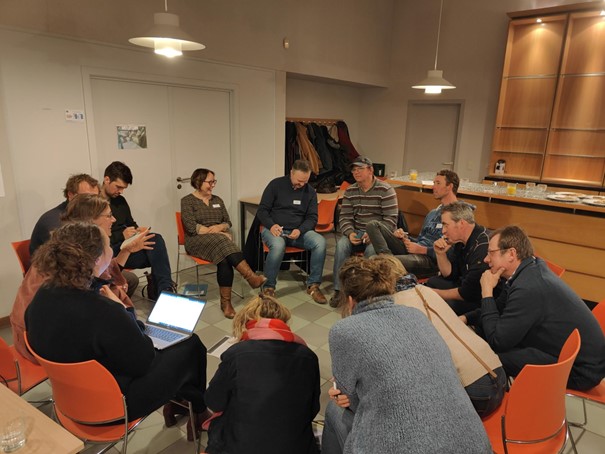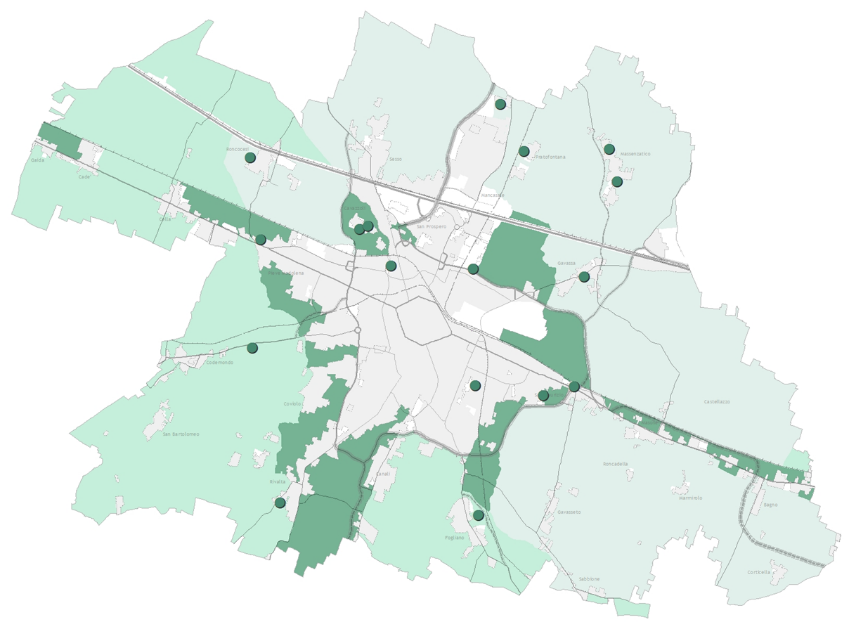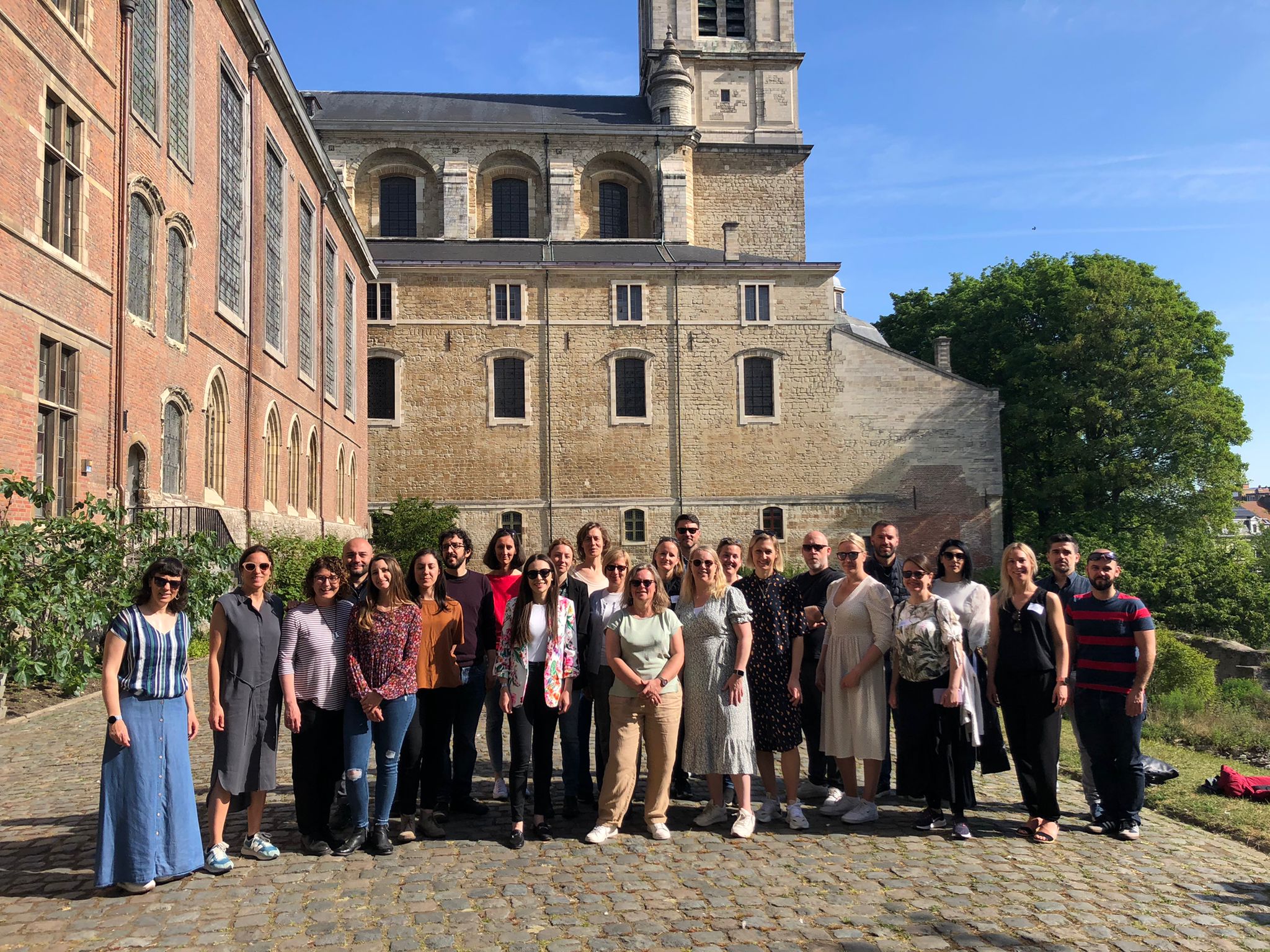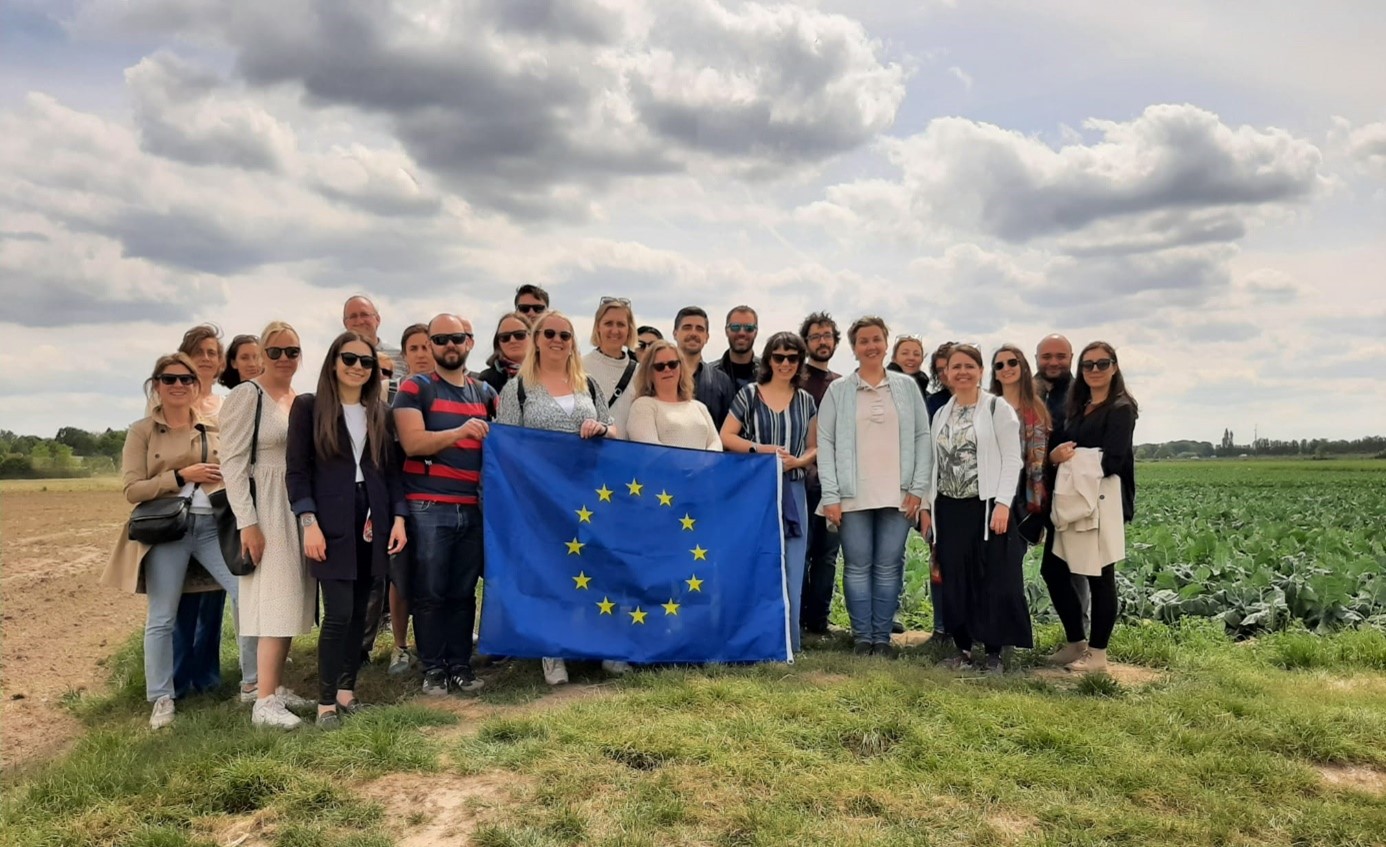Which are the most relevant and interesting aspects of visited good practices?
"My name is Ann Coussement, I work for the Urbanism Department of the City of Ghent in Belgium as a landscape architect.
When we peregrinated Debrecen to Ghent, we saw that cities have app. the same amount of inhabitants, but Debrecen is twice the size of Ghent, so you have much more space than we have.
We also saw on the aerial views that Debrecen is much more a compact city than Ghent, so Debrecen really seems to finish at a certain spot and then start the open space. We tended to conclude that perhaps you have less problems with the spread of the city into the open space and urbanisation pressure as we have.
Anyway, when it comes to the good practices themselves, they were all interesting to us. But when we had to choose two of them which we think that we can also apply to our city, then it would be the green walls, so greening the building and environment with those green walls and the Hortobágy National Park.
So, I would start with the green walls. In the City of Ghent we are familiar with the green walls, we know what their value is in the City, we know how to applicate them, but we do it in a different way until now. We tend to give money to private persons and private companies to make façade gardens along the facades of the buildings. So it means that the people themselves plant little plants or the companies plant little plants who have to grow to form a green wall. We don’t start with pre-cultivated plants as you do with the Parkertech green walls. And that was the most interesting thing about it, I think the fact that the plants in the green walls are locally grown in a greenhouse in the environment of City of Debrecen. We think it is original, I think it could be a good idea to applicate in Ghent too, because we do have an economic sector of plants growing in green houses but it's an economic sector who nowadays is really declining, they have big problems to survive economically, because they cultivate ornamental plants which are not asked for anymore, so they really should try another choice of planting. We were wondering if we could stimulate those companies who have green houses to cultivate those green walls like is done in Debrecen which would immediately also be help for that economic sector to change their production choices. We also wondered if we could applicate those green walls on street furniture such as bus shelters or bicycle sheds because we have a lot of them in the public space so that was also an idea if we could make them grow with the green walls because then we are in charge of it public space is our responsibility so we could also make them plant there and make them grow there. The last idea we had was if it would be possible to apply that concept of green walls much more in our harbour, because the City of Ghent has a very big space which is the harbour goes to the sea. It is more than 1/3 of our space and it's a very nature poor environment.
The second good practice which we found very interesting is the Hortobágy National Park. We don't know if it's very applicable, but we were very impressed by this good practice and I really wanted to say this also on behalf of my colleagues first of all we were enchanted by the vastness and the quality of this National Park, the cultural heritage, the natural heritage.
We don't have those things anymore in Belgium. I think we would have to go back 200 years before the industrial booming to have that vastness and quality of open space. Now we did think about it because we saw your good practice, there is currently from the Flemish government a call from the Ministry of Environment to create new national parks. What we saw in Hortobágy National Park is that it has a history of public ownership, it has been property of the City of Debrecen and we understood that now it is mostly property of the state of Hungary, that is a situation which is very positive to continue, to have that National Park. We don't have those public properties, so if there's something positive about the communist past of these things, then it is surely that you have it in public property. And that made us understand that public property to preserve national natural heritage is still very important and we have to continue try to buy also properties of natural heritage. Something that we found interesting also is that you have problems with draught in the Hortobágy National Park. We have the same problems here and it stroke us because you are in Central Europe with mountains in your country, we are in Western Europe close to the sea, but we all have problems with draught getting worse, so it's stroke is that it is really probably climate change problems who are at the cause of that.
What we found interesting also is that you as a city you have a cooperation with the nature organization to reach common goals in that National Park."


